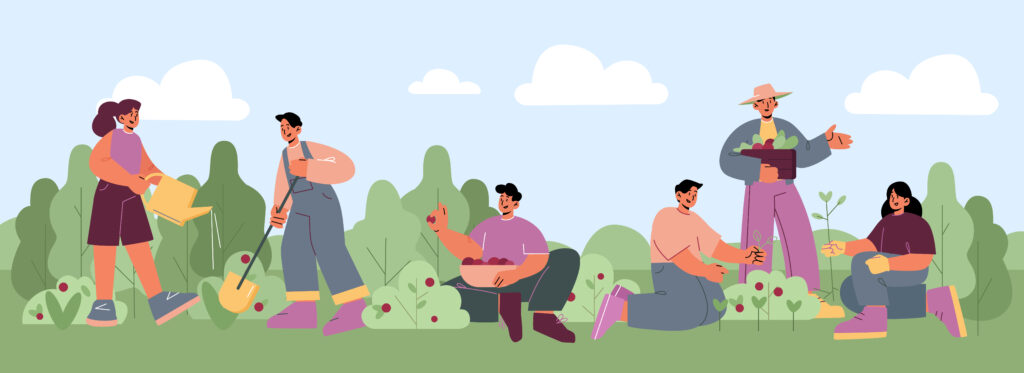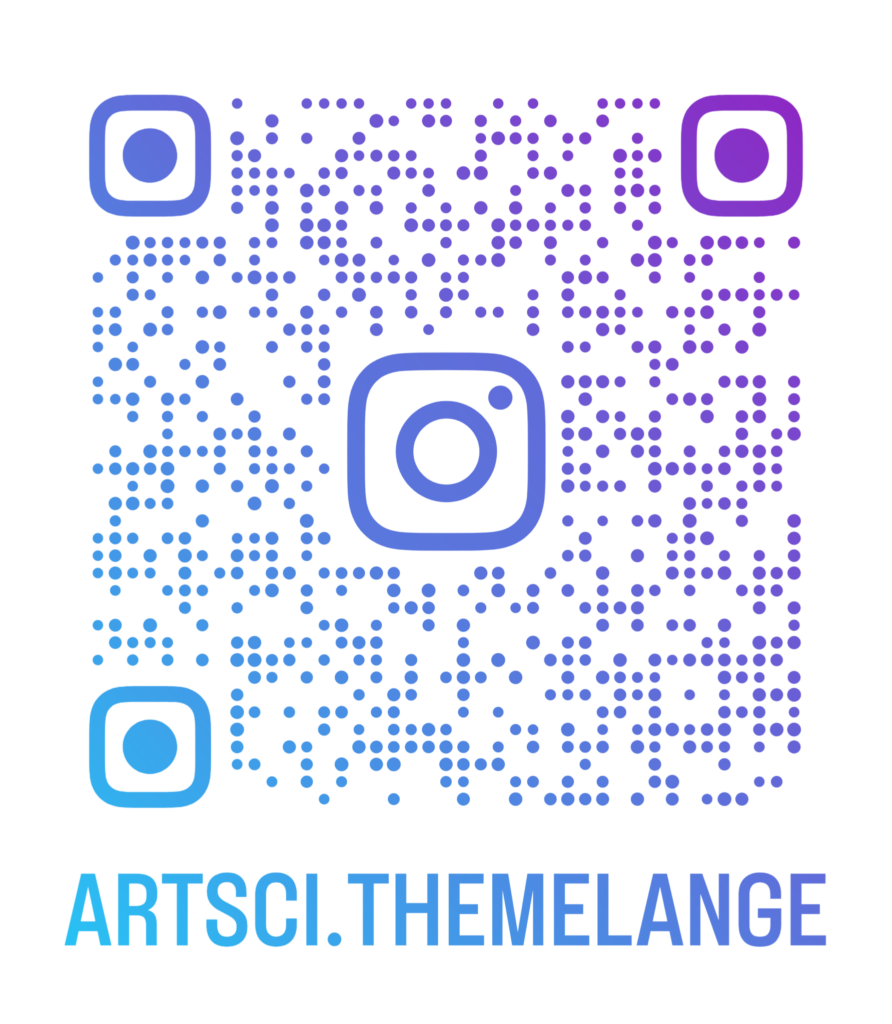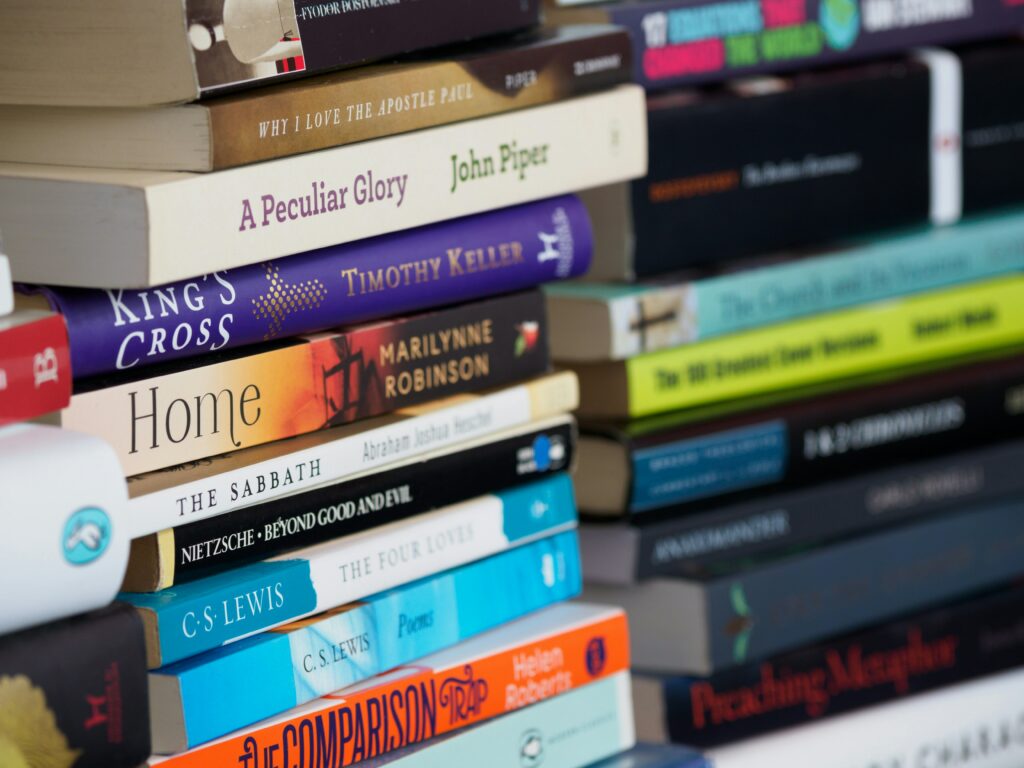Group: Aubrie Hunter, Brooklyn Baker, Charlotte Berry, Erica Smith, and me! (Tess Macdonald)
For our group, we decided to explore how technology can assist with reading and writing. The podcast we created, along with a transcript, is below. Enjoy!
Transcript (first initials used to differentiate speakers)
C: Hello, I’m Charlotte,
E: I’m Erica,
T: I’m Tess,
B: I’m Brooklyn,
A: and I’m Aubrie.
C: Today we will be explaining our tech project where we focused on the most accessible and best resources for students with learning disabilities or ELL students. Our technology inquiry question is: What are the best technological platforms for students struggling with reading?
E: Every elementary school classroom will be filled with English language learners (ELL’s) or students with IEP’s. While some students will have diagnosable IEP’s, many others could probably qualify for one but have not had a psychological assessment done for various reasons or are on waitlists, which can be years long. There is a mismatch in the amount of students needing extra help and the number of teachers and support staff available in the classroom to provide this specialized assistance. With recent surges in technology use, attention has been turned to which technologies can be used in the classroom to provide help for students at times where teachers are not available.
E: Reading and numeracy are widely considered the two fundamental skills that children are expected to gain in elementary school, as these skills will set them up for success in high school and beyond. For this project, we decided to focus on technologies we can use to support our students’ literacy abilities in the classroom. Reading is an important skill for children to learn because it can improve critical thinking skills; build vocabulary; enhance conversational skills; role-plays empathy and perspective taking; strengthens writing, language, and communication abilities; and can even reduce stress, build memory, and help with sleeping. While some people light up when you ask them to read a book, reading can be a very daunting skill for some—especially if they have a learning disability or are not fluent in English. In an elementary school classroom, where so much of a person’s academic and life successes are influenced by reading ability, how can teachers feasibly help struggling students alongside meeting the demands of the curriculum and the rest of the class?
C: Text-to-speech software is a good way to engage struggling readers in the classroom. Many students’ reading difficulties come from having trouble staying focused or processing large chunks of text, as well as not understanding how to decode a word. Text-to-speech software will be useful for students with dyslexia and/or ADHD, in addition to English language learners.
C: Now we’re going to talk about some other resources recommended. So to start, we looked at some extensions and apps such as Ghotit, Learning Ally, Speechify, and Focus at Will. Speechify is an app and Chrome extension that reads any text. It has over 200 voices, can clone your own voice, has 60 language choices, can increase the speed of what is read, can provide summaries using AI, and is able to scan texts using a phone and convert to a PDF that is read aloud. Ghotit performs grammar and punctuation corrections. Learning Ally produces a library of educational audiobooks. Focus at Will provides playlists for people with ADHD to listen to while trying to focus, and then has a timer function, and tracks productivity. Google Read and Write helps read things out loud, can form a vocabulary list of unknown words, provides photos of unknown words and descriptions, proofreads work, can translate words, and can be used to highlight documents.
C: Some other resources are Otter.ai, which is a recording and transcription service. To use, you open your web browser and press record and then Otter.ai automatically transcribes what is being said. You can then organize and edit the transcriptions and recordings. Google Docs also has a dictation mode as well as Microsoft Word to allow for speech-to-text if students have difficulty writing. Microsoft Edge’s Read Aloud allows you to change the pace and sound of the reader’s voice, enlarge text, or increase space between text. There are also features in Apple products that are unknown to many people which can help as well. For example, on Apple devices, there is spoken content for Macs and iPads accessible, which has your device speak text on the screen whenever a keyboard shortcut is used. You can also customize the keyboard shortcut, have the text highlighted as it is read aloud, and then change the speaking rate. Additionally, most web browser support some type of reader mode which simplifies the web page by removing unnecessary images, makes the text uniform, and changes the background and foreground colours. Microsoft Edge has immersive reader, Apple Safari has reader, Firefox has reader view, and Google Chrome has reading mode. All of these provide text-to-speech, text reformatting and colour controls. Turning on reader mode may help simplify what needs to be read and helps with distractibility too.
A: An area that I am passionate about but feel has received very little attention throughout our program is the inclusion tools we have access to for our English as an Additional Language Learner students. Although the first translator that often comes to mind for people is Google Translate, this service does not use proper grammar, idioms, or tense. Instead, the best free service I recommend to other educators to use with EAL students is DeepL, which is a highly accurate translation and dictionary platform that helps students understand new vocabulary and grammar structures. There are many reasons why I recommend DeepL as a suggested resource for teachers.
A: For starters, DeepL provides more contextually accurate and natural-sounding translations, making it more reliable for academic use. It captures nuances in language, helping students understand not just the words, but the meaning behind them. DeepL allows students to click on a word within a translation to see multiple possible meanings and examples in context. This helps students Learn how a word is used in different situations, choose the most appropriate translation, and develop a stronger understanding of English vocabulary. DeepL also edits grammar and sentence structure, which helps sentence construction over time. In regards to implementation in the classroom, DeepL helps students translate classroom text into their native language, check their English writing, and rephrase sentences. DeepL can also be combined with speech-to-text tools, and teachers can pre-translate difficult vocab.
B: Accessibility tools, like text-to-speech, can help empower students and give them confidence when engaging with written texts, allowing them to better connect with the content. Text-to-speech software removes the barriers students with learning disabilities may have when it comes to reading, ensuring that students are not barred from learning at the front door. Keeping tools like text-to-speech easily accessible to all students in the classroom ensures that students with learning disabilities do not feel singled out in reading tasks and are equal participants in any class learning. When all students are able to easily comprehend text material, it becomes easier to facilitate inclusive class discussions, which are key to enhancing student understanding.
B: However, a potential con to these reading accessibility resources is that if students become too reliant on using them, they might not ever fully develop their reading abilities. Technological aids for reading should be used as a tool to supplement reading abilities, rather than a replacement for reading skills. It is also important to note that, while students can use this to help them engage with content, they should still be given the time and support to grow their reading and comprehension skills without the use of text-to-speech. Teachers should pick when the use of text-to-speech is appropriate in classrooms based on the current learning objectives. If the focus of the reading is the content within it, say it’s a science or social studies text, then students can use text-to-speech to help them better understand the content. However, if the focus of the lesson is to work on the reading and comprehension skills, then the use of text-to-speech will only impede students from practicing.
T: So now we’ve talked about what tools there are out there, now let’s talk about actual implementation of these tools in a classroom. So, in my classroom, students used text-to-speech software, specifically Google Read & Write, to help write their creative writing stories. While this made the recording of their work faster, as many had just learned how to type, there were challenges with the tools presented and their implementations. The dictation would sometimes record homophones of words, it could not pick up made-up names (which was important for fantasy stories), and it would often add or remove punctuation when not wanted. While these softwares were designed to make writing accessible, the students weren’t seeing their stories written on the page. And for those who couldn’t yet read fluently, they weren’t able even to see the errors and correct them themselves. In addition, for students who have accents or speech impediments, the dictation tools pose even more of a barrier.
T: These made it difficult as a teacher, or me as a student teacher, to see where the students’ progress was: were errors in the students’ work from the students themselves, or did they come from the technology? In order to finalize the proofreading of these stories before they were printed, we found it necessary to sit with the students and have them individually dictate the story they had hand-written, so that we could live-edit the dictated document. This additionally frustrated students, as they felt that all the work they had put into typing and dictation was completely overwritten. When speaking to the teacher about the use of dictation tools like Read & Write, she spoke about how it was intended for accessibility (and in many situations was accessible). However, it often made the tasks more inaccessible through all these barriers. This does not mean that these tools should be removed or ignored completely, but instead it opens a conversation for how we can better ameliorate these tools to be improved for accessibility in the everyday classroom.
T: Moving from writing, a reading accessibility tool I observed was the Epic Books website. This was a combined eBook and audiobook resource bank, where students could both read the eBook and then listen to the audiobook at the same time. I mainly observed this tool being a supplement to silent reading—allowing students who were not yet able to read independently to still engage in the solo silent reading and not feel left out. Providing the combination of the eBook and audiobook meant that the reading was not completely overwritten. Instead, the tools acted as a supplement and made the reading more accessible to students of all reading levels. Combined, this experience showed how accessible reading and writing tools can be implemented in the classroom—as well as what questions we should ask of the tools in order to improve them to support all students in the best way possible.
A: To sum up, technology has made reading more accessible for all students, regardless of their challenges. For students with dyslexia, text-to-speech tools like NaturalReader, Microsoft Edge Read Aloud, and Speechify provide much-needed support. For ADHD, tools like reader mode and transcription services like Otter.ai help with focus and organization. For EAL students, speech-to-text tools like Google Docs dictation, DeepL, and translation tools help improve both writing and comprehension skills. With so many tools available, students can find support that meets their needs. We encourage you to explore these options and see how technology can make reading easier for everyone!




